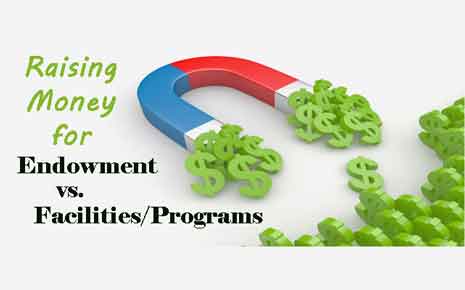My 2014 BoardSource Leadership Forum presentation in Washington D.C. surfaced some very good questions. The capacity crowd, after hearing me drone on for over an hour on Outcomes That Increase Funding, asked a few questions that might be of interest to you as well.
First, let me share with you the session description as it was printed in the BLF2014 program so that you'll have better context for these questions and answers:
The terms 'impact' and 'outcomes' have become commonplace in today's discussions of nonprofit fundraising, but how do you incorporate them in your overall marketing and/or fundraising strategies? In this session, Tom Ralser, author of the books, ROI for Nonprofits: The New Key to Sustainability and Asking Rights: Why Some Nonprofits Get Funded (and some don't), will help you to look at the funding process from the 'investor' (not the 'donor') point of view. You will learn how to identify and communicate the outcomes funders care most about to ensure sustainable funding for your organization. Before you develop funding campaign materials or your next annual report, attend this session to understand what your target audience truly cares about.
Question #1: You talked about larger 'asks' and larger dollars being raised. What about the smaller amounts that can be raised online, the $5 and $10 amounts? That's how the Obama Campaign raised so much money.
Political fundraising is a different animal. Religious fundraising and political fundraising are two animals that are not in my zoo. Different strategies, motivations, and constituencies are involved. For example, political campaigns can often use anger as a motivation to raise money. We can rarely do that for our clients. We focus on the positive outcomes they produce.
Question #2: You stressed outcomes and their value as the real reasons people invest in nonprofits. What about those situations where we don't deliver outcomes directly to the customer? We are the background people that help the ultimate deliverer do their thing. How much credit can we take for the outcomes?
This is a great question, and comes up often in many contexts. Many organizations struggle with the issue of claiming credit for the good things that happen because of their efforts, although we have found that most nonprofits deserve a significant amount of credit. The trick is to not shoot at every bird and claim everything that falls. That's unrealistic and investors know that. Focus on those outcomes you know you can most clearly connect the dots. Also, don't be afraid to recognize and share credit, discussing your outcomes in terms of percentages of total outcomes delivered. When properly communicated, funders will still recognize that without your involvement, those outcomes would not have been realized.
Question #3: What about situations where we are so successful that funders no longer seem interested? Our outcomes are wonderful, but they don't seem to want to fund us at the level they did for years?
What a good problem to have! If you have fulfilled your mission, I can't expect that funders will be interested. This is rare, though, so you need to have a serious conversation with your current funders about whether their capacity or their interest in your mission has changed. Either way, it sounds like you have a great track record on which to build your credibility, the 'C' ingredient of Asking Rights, which will help you in developing relationships with new funders if needed.






